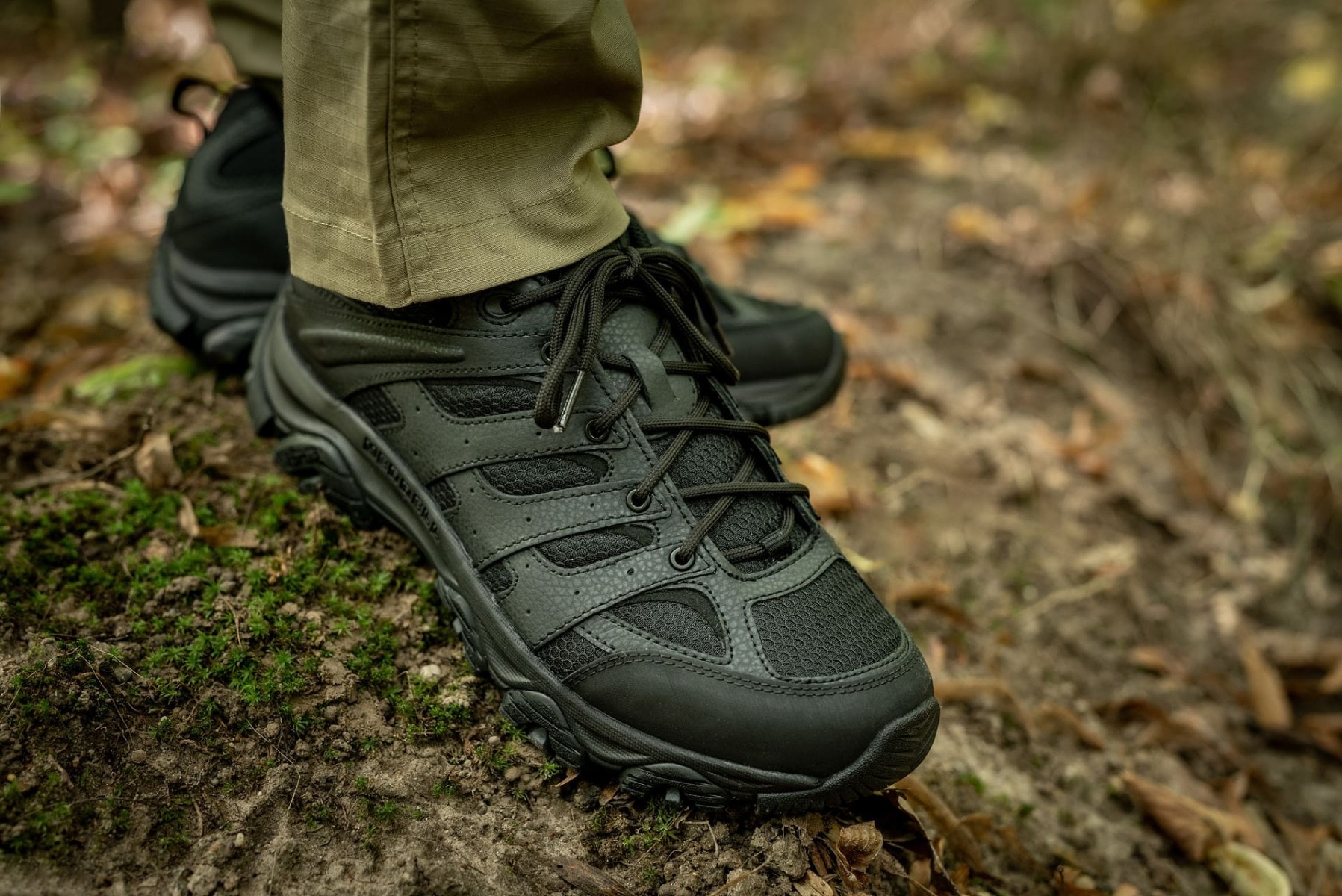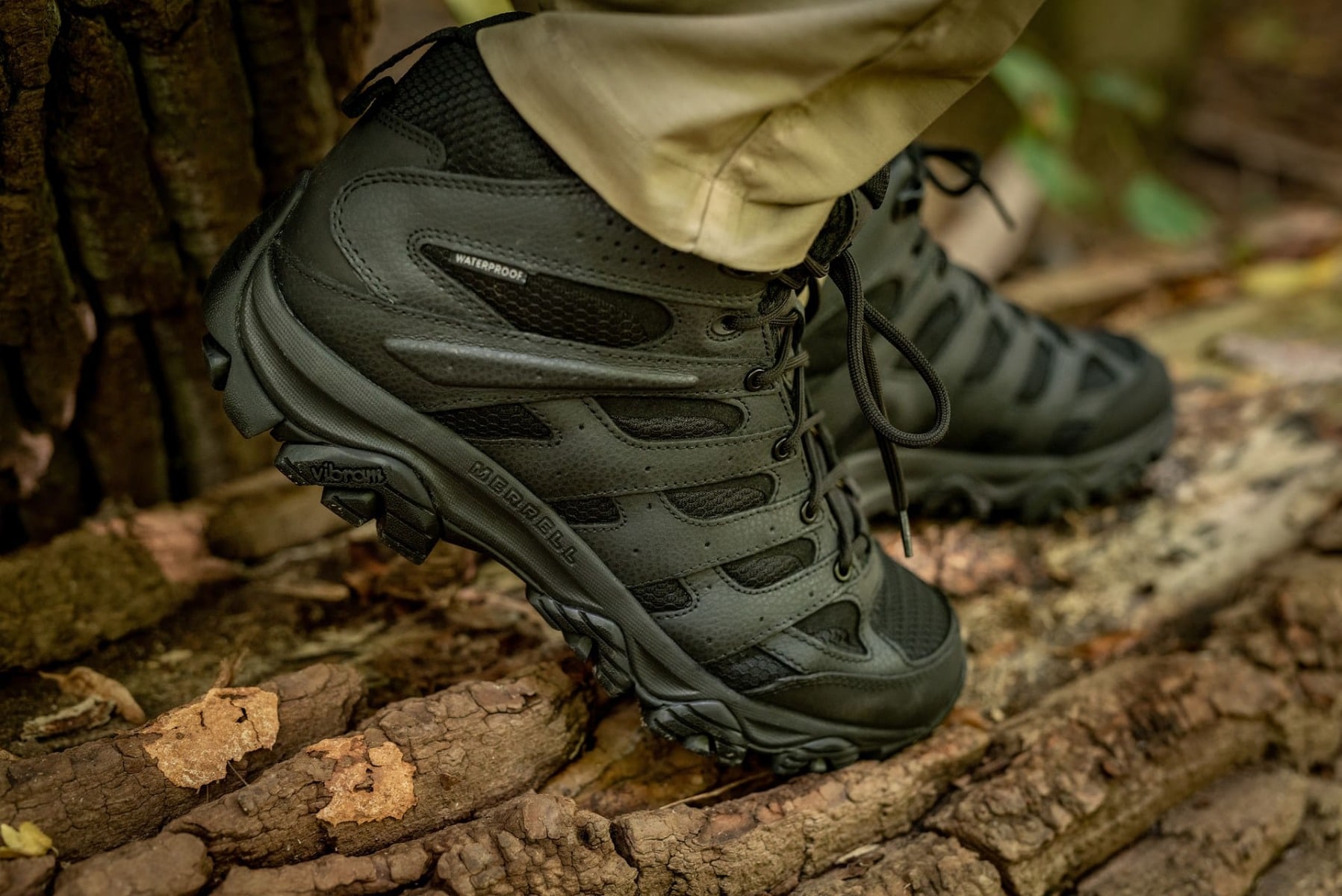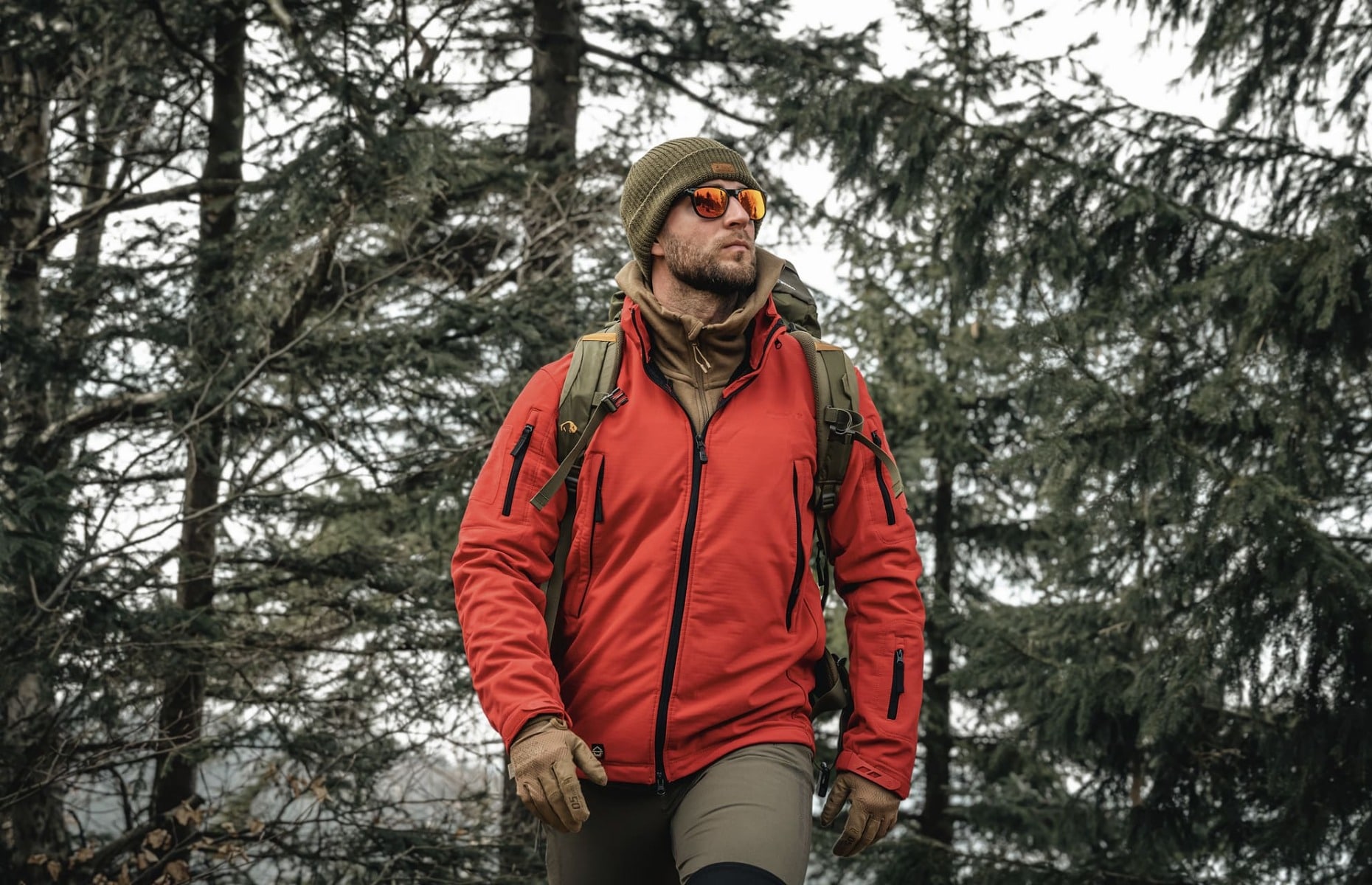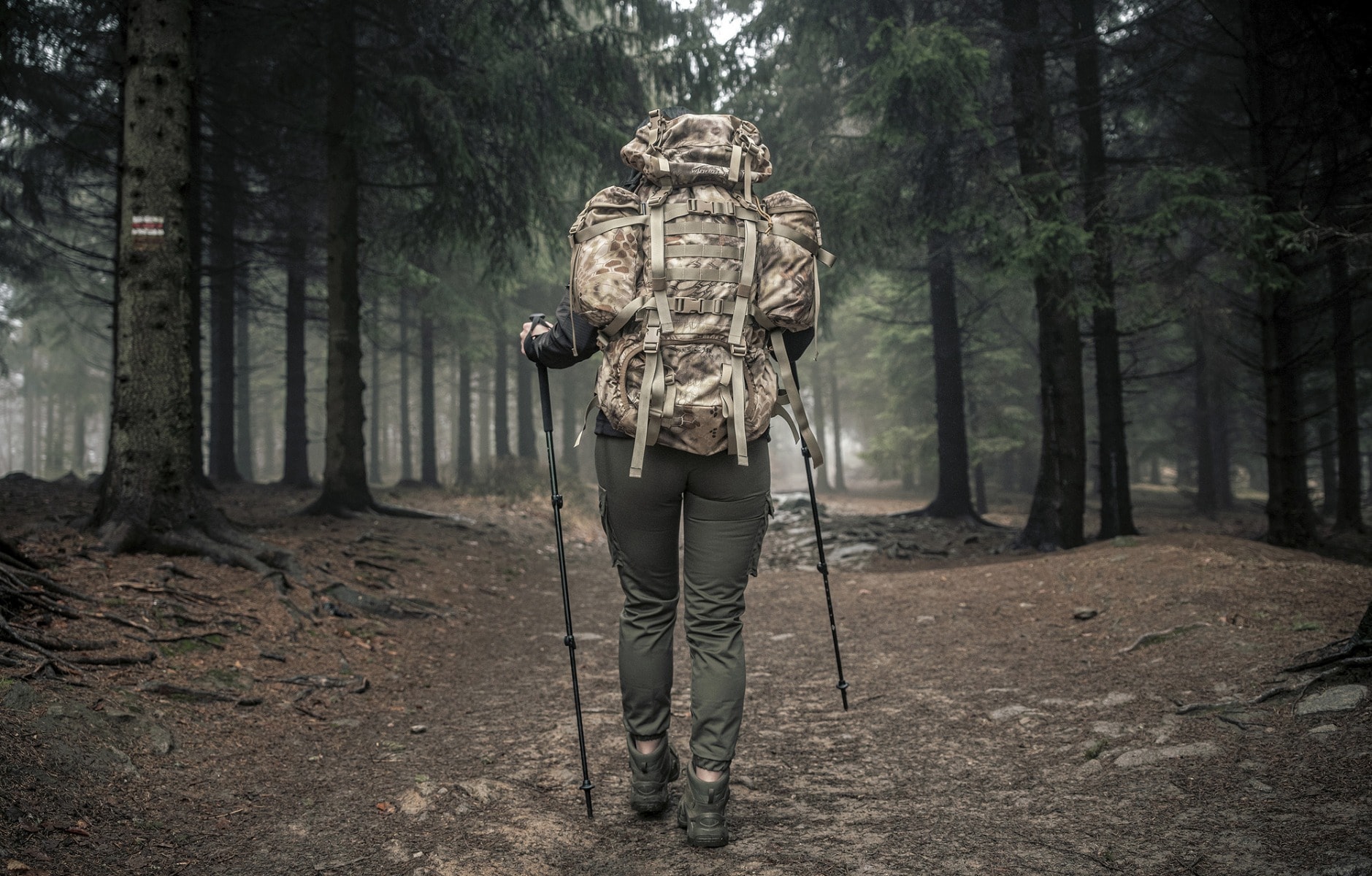What to take on a mountain trip?
Every mountain expedition requires proper preparation to be safe. It's not a typical trip where you can just set out with a backpack on your shoulder and spontaneously explore unknown trails. Mountains offer not only magnificent landscapes but also a harsh and unpredictable environment, which can sometimes be quite demanding. That's why it's crucial to take care of your equipment and prepare adequately before heading out on a mountain expedition.
In this article, you will learn, among other things, what to bring on a mountain trip and what to consider before departure. We will also present a proposal for essential items to bring with you.
What to pay attention to before embarking on an expedition?
When planning a mountain trip, it's essential to prepare properly. The first step is to choose a route, analyze information about the destination, and consider what to bring on a mountain expedition. The selection of clothing and equipment must be tailored to both the season and the conditions prevailing in the specific mountain area. Monitoring the weather forecast should not be neglected either. Although weather conditions in the mountains can be very changeable, you can still obtain certain information about temperature, precipitation, or the risk of storms.
List of Basic Items for a Mountain Trip
Among the most essential items, there are specific elements that mountain enthusiasts should pay special attention to. A sturdy backpack, comfortable footwear, and appropriate clothing are the basics. In the following part of the article, we will describe in detail the specific items that make up the essentials for the mountains.
Comfortable Footwear
Comfortable shoes are incredibly important during every hike. In the mountains, it's impossible to avoid uneven and challenging paths, rocks, protruding tree roots, and frequently changing weather. A common belief is that mountain shoes must cover the entire ankle, although that's not necessarily the case. No shoes, even high ones, can fully prevent ankle twists; they can only partially stabilize the ankle. In reality, both high and low shoes can be a good choice.
At the very beginning, it's essential to determine the conditions in which we'll be wearing them. It matters what kind of mountains we'll be exploring, what season it is, and whether we'll need to traverse routes with climbing elements. For terrains with diverse landscapes, ankle-high shoes are a good choice, and for fast hikes, lightweight, low-cut shoes with soles suitable for rocky terrain and forest paths are ideal.
For beginners, trekking boots with versatile features that will work in any season are recommended. Shoes of this type feature a high upper and a membrane, which is important especially during winter expeditions, when the shoes are prone to getting wet. If you are planning winter expeditions to more demanding mountains, such as the Tatra Mountains, choose a model with a stiffened sole compatible with the crampons. On the other hand, for those who want to walk only on milder ranges, such as the Beskids, trekking shoes with a more comfortable, less rigid sole compatible with the micro crampons.
Appropriate clothing
As a rule, onion clothing consists of three layers of clothing:
- Base layer - adhering to the body. It is usually thermal underwear.
- Intermediate layer - is designed to protect against heat loss. Most often it is fleece jacket or sweater for example, from merino wool.
- Top layer - it protects against rain, snow and wind. As a rule, it is softshell jacket or hardshell. Softshell is windproof, while hardshell is wind- and water-resistant.
When it comes to pants, then it is worth paying attention to a few important things. First, they should be made of breathable materials, so that the skin does not overheat during the hike. It is also important that they are durable and resistant to damage, if only if they come into contact with branches or rocks.
They should also not restrict freedom of movement, which is important during mountain activities. Pants with detachable legs that can be easily converted into short shorts are often a good option. This is useful especially during all-day mountain outings, when mornings in the mountains can be chilly, and during the day the temperature usually rises.
Trekking backpack
Backpack is, next to boots, the most important piece of mountain equipment. When choosing a backpack, it is worth asking yourself at the outset how long we will be in the mountains, as this will determine the capacity of the backpack we choose.
- Day hikes - a backpack with a capacity of 15 to 35 liters will suffice, and here, too, you should pay attention to whether you are hiking in winter or summer. A backpack carried in winter should, by definition, have a larger capacity, because then we carry more gear. In this case, it is best to choose one with a capacity of about 30-35 liters.
- Multi-day hikes - the optimal choice will be backpack with a capacity of 40-50 liters, which is due to the fact that these types of backpacks have more extensive hip belts in order to relieve pressure on the shoulders.
- Multi-day expeditions - for lovers of long expeditions, on the other hand, there are backpacks with a capacity of 50 to even 85 liters. These types of models are characterized by a very elaborate carrying system.
It is important to choose a backpack made of durable and lightweight material, such as nylon. It is important to have a good fit and a comfortable carrying system, the more so the larger the capacity of the backpack. In smaller backpacks, the hip belt can be narrower, reducing weight. For backpacks with a capacity of more than 40 liters, wide hip belts are recommended.
It is also a good idea to pay attention to whether the backpack is equipped with internal compartments and pockets, a hydration system and external pockets and trousers, such as for poles, a tent or a carrimata. It is also worth adding to the backpack cover.
Food supplies for the mountains
It is important to take as much food as we actually need on a trip to the mountains. Packing a huge amount of supplies that will weigh down your backpack and take up unnecessary space makes no sense. For short trips, it is a good idea to choose food that does not require cooking. If the trip lasts one day, food that can be taken out of the backpack or pocket and eaten right away will suffice. This can include such items as chocolate, candy bars, dried fruit, dried beef, nuts or sandwiches.
For expeditions lasting more than a day, consider freeze-dried food. It is a tasty and healthy option, available in a variety of options - from spaghetti bolognese to vegetarian burgers. To prepare "lyof" we usually only need boiling water.
On the trail, you also need to remember to hydrate properly. For one day, as a rule, it is enough to take 2-3 liters of fluids with you, but for longer hikes this is impractical and becomes an unnecessary burden. In this case, it is better to equip yourself with, for example. water filter and drink water from a stream or lake.
Essential items of equipment - what else is worth remembering?
Important items of equipment are not only backpack, footwear or food. There are also many other things to keep in mind when preparing for a trip to the mountains.
Below is a list of items to take on a trip to the mountains:
- flashlight,
- first aid kit with NRC foil,
- telephone and powerbank,
- map,
- compass/GPS,
- compact binoculars,
- handy toolkit (pocket knife, multitool, knife),
- fire source (matches, flint, lighter),
- trekking poles,
- sunscreen,
- emergency whistle.

Items of equipment to bring with you if you spend the night in the field:
- tent lub tarp,
- sleeping bags,
- mat, mattress or mattress pad,
- tourist stove,
- tourist utensils,
- personal care products.

What to take on a trip to the mountains in summer?
For summer mountain expeditions, it is best to dress in layers so as to be prepared for changing weather conditions. Clothing in the mountains for summer should not be made of cotton, which is a material that easily absorbs moisture. It is important to take with you accessories such as: headgear, sunglasses and skin protection products.
When it comes to headwear, the range is diverse. From classic baseball caps at hats. A universal solution is Buff scarves, and, above all, models designed for summer, which are made of fabrics that protect against UV rays and provide a cooling effect.
And don't forget about sunglasses, which perform an important function not only in terms of eye protection, but also provide comfort while admiring the view and ensure that the sun doesn't blind us.
To protect your skin from the sun's harmful rays and ensure that it is properly moisturized, it is always a good idea to carry sunscreen with you. In the mountains, the sun is particularly intense, so you should take special care of your skin.
What else to take to the mountains in summer? Before going out, you need to check the temperature and conditions on the trail you want to take, and adjust your clothing to these conditions. In the summer in the mountains it can pour rain, blow wind and even snow, so a sweatshirt or fleece and a jacket can come in handy.
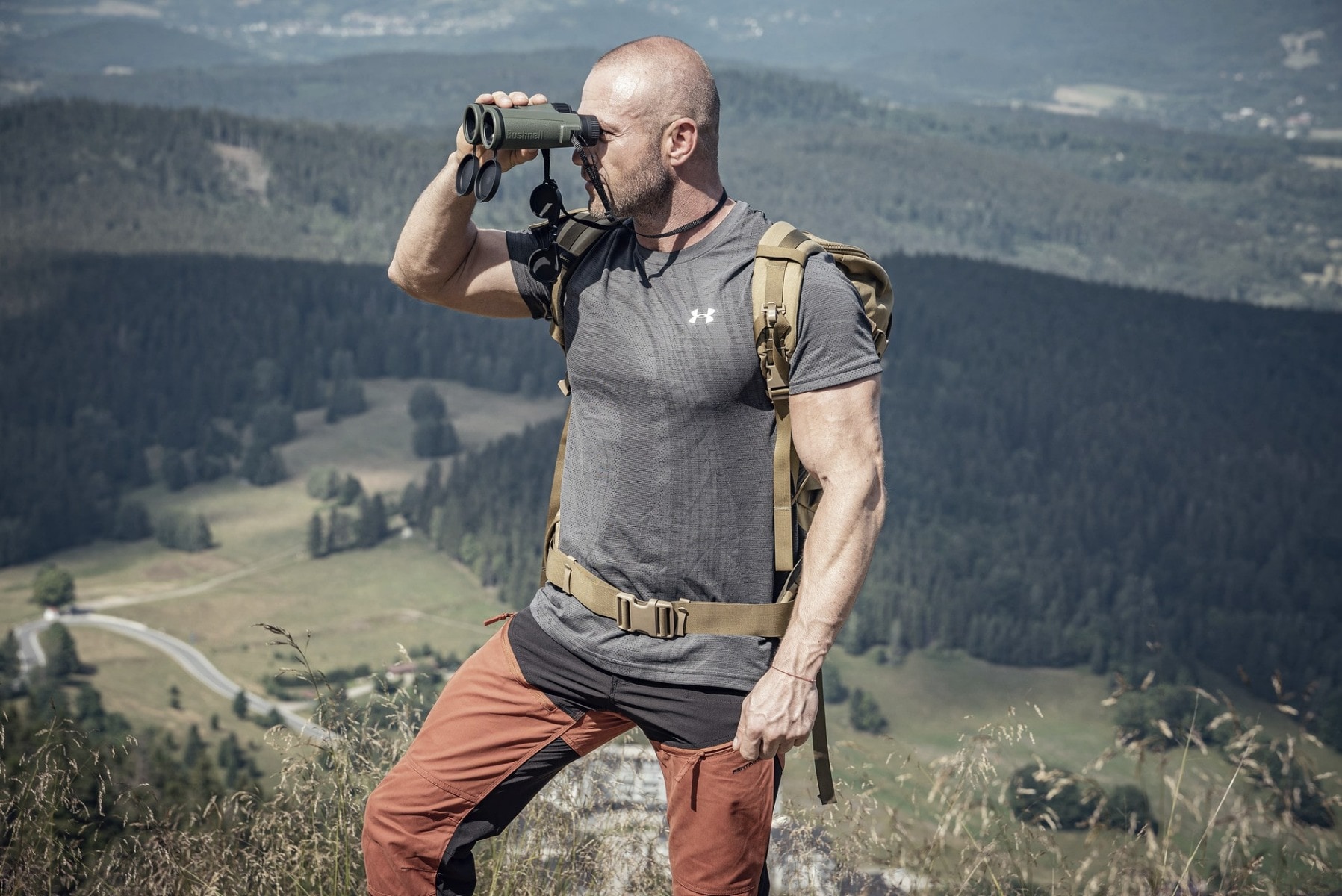
What to take on a trip to the mountains in winter?
During winter expeditions to the mountains, the most important thing is to properly adjust clothing to the prevailing conditions, which means avoiding both clothing that is too light and too warm. Do not rely solely on thick and heavy clothing. Overheating can lead to sweating, which can make our belongings wet. This in turn creates a risk of hypothermia, especially at rest stops, which in extreme cases can even end in hypothermia. That's why it's so important to dress in layers, so you can adjust your clothing to changing conditions. However, the list of things to wear on a trip to the mountains in winter is, of course, not limited to basic clothing, but also includes various types of accessories.
What is worth taking to the mountains in winter? First of all, a hat, gloves, chimney or mantelpiece are essential winter accessories. They protect against wind and cold, giving warmth and comfort. Warmers and thermoses for hot drinks. Heaters can be inserted into gloves, which helps protect hands from frostbite. The thermoses are ideal for storing hot tea, coffee or other beverages.

Offer clothing and accessories for mountain expeditions at MILITARY.PL
MILITARY.PL offers a wide selection of clothing and accessories for mountain expeditions. Among them, there are trekking boots with a high upper, as well as those with a low upper, which allow you to wear them for hours without worrying about chafing. The shoes on offer are characterized by a high degree of breathability, which makes them an excellent choice for all-day hikes. Thanks to the use of modern technologies in the field of material science, the boots have been equipped with effective membranes that allow moisture to escape to the outside.
We also recommend trekking backpacks made of durable and lightweight materials. Importantly, trekking backpacks are equipped with adjustable hip and chest straps, as well as numerous pockets of various sizes. In addition, the backpacks are equipped with straps for attaching trekking poles or a check. Most trekking backpacks have compression straps, which can be used to attach larger gear to the outside of the backpack.
In our offer you can also find: jackets, pants, fleeces or sweatshirts to complete your outfit in the mountains. In addition, we offer numerous accessories, such as: scarves, balaclavas or sunglasses and sunscreen. We also have a wide selection of freeze-dried food, as well as various energy snacks.


